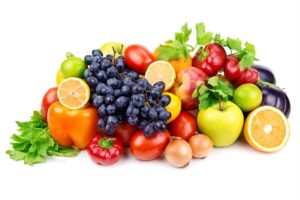 Pesticides on Food
Pesticides on Food
Are you worried about pesticide residue on your food?
Limits for pesticide residue on food
Health Canada determines maximum residue limits (MFRs) allowed to remain on food products when a pesticide is used according to label instructions. MRLs are established way below levels that could result in a health concern. Both organic and conventional food are regularly tested for pest residues. The risk of ingesting pesticide residues that would be harmful to your health is extremely low.
The dose makes the poison
The mere presence of something doesn’t make it lethal. Imagine if you have a headache and crush an aspirin and consume 1/10 of the powder, it probably won’t get rid of your headache. If you take the recommended dose of 2 aspirin, then your headache will probably go away. If you take the whole bottle, you might get very sick!
Fruits and Veggies are important!
Eating lots of fruits and vegetables is important for a healthy diet. Eating fewer fruits and vegetables because you are afraid of the potential presence of low levels of pesticide residues does more harm to our health than any actual presence of pesticides residues.
Remember farmers also feed their products to their families!
See Our PDF to Learn More: DownloadPrint
SnapAg:
What are GMOs and are they okay to eat? What does organic farming look like? How are animals like chickens or cattle raised?
snapAG is a series of resources that invite students to explore the hot topics affecting the agriculture industry today. Topics range from organics, biotechnology, GMOs, livestock, and more.
Explore what’s trending in agriculture in Canada by browsing the topics here.
Sources available at: https://aitc-canada.ca/en-ca/learn-about-agriculture
snapAg is brought to you by Agriculture in the Classroom Canada and partners.



